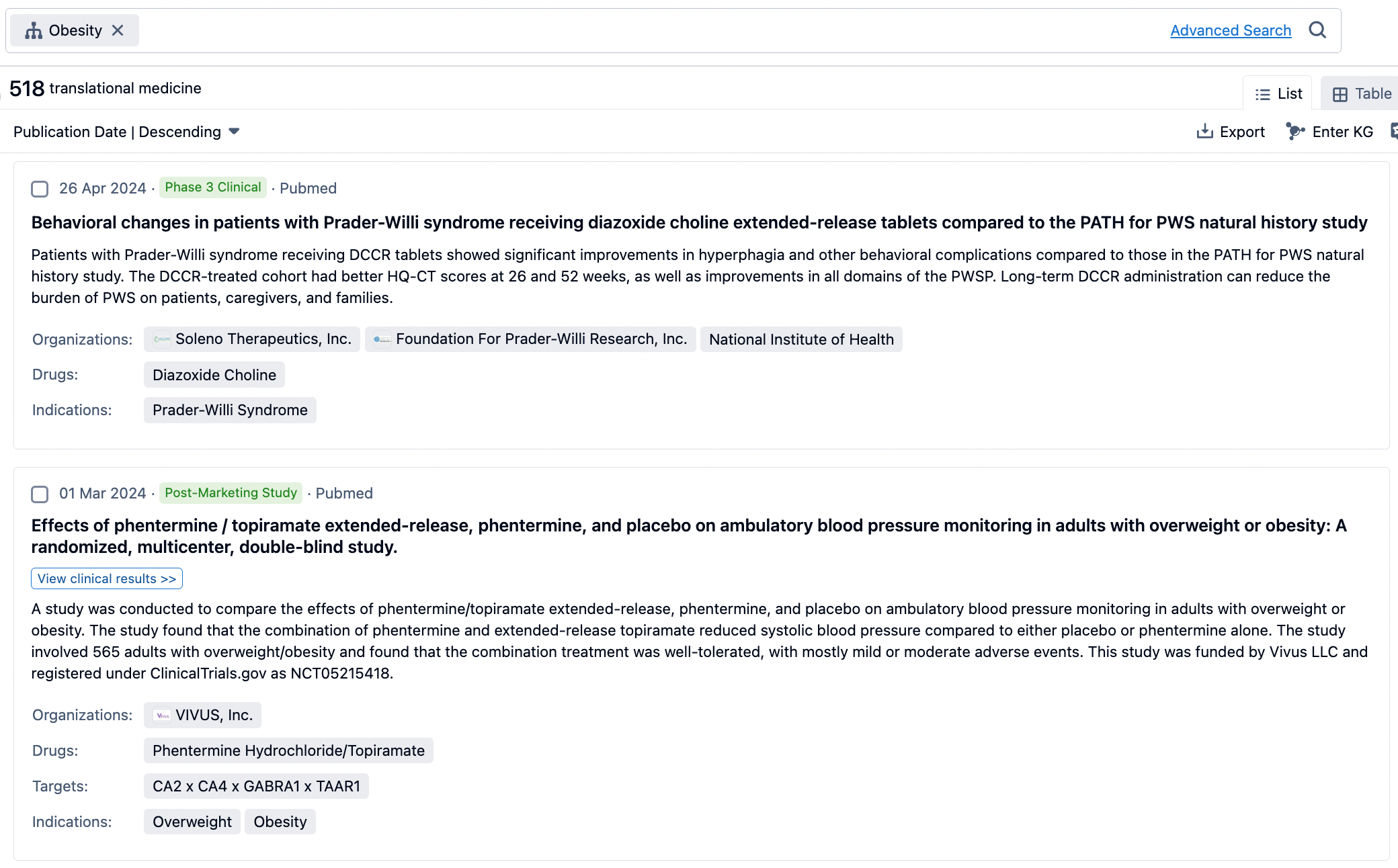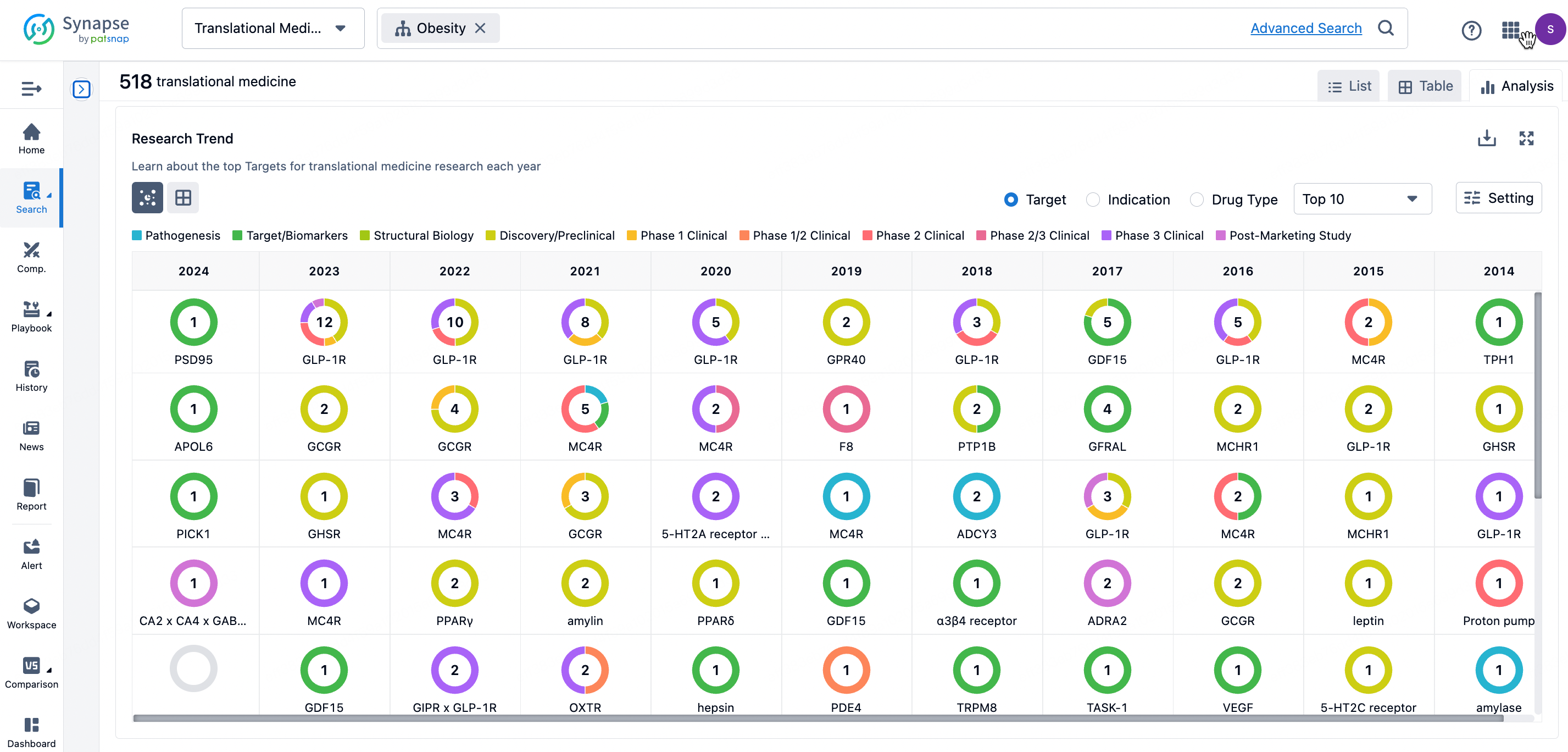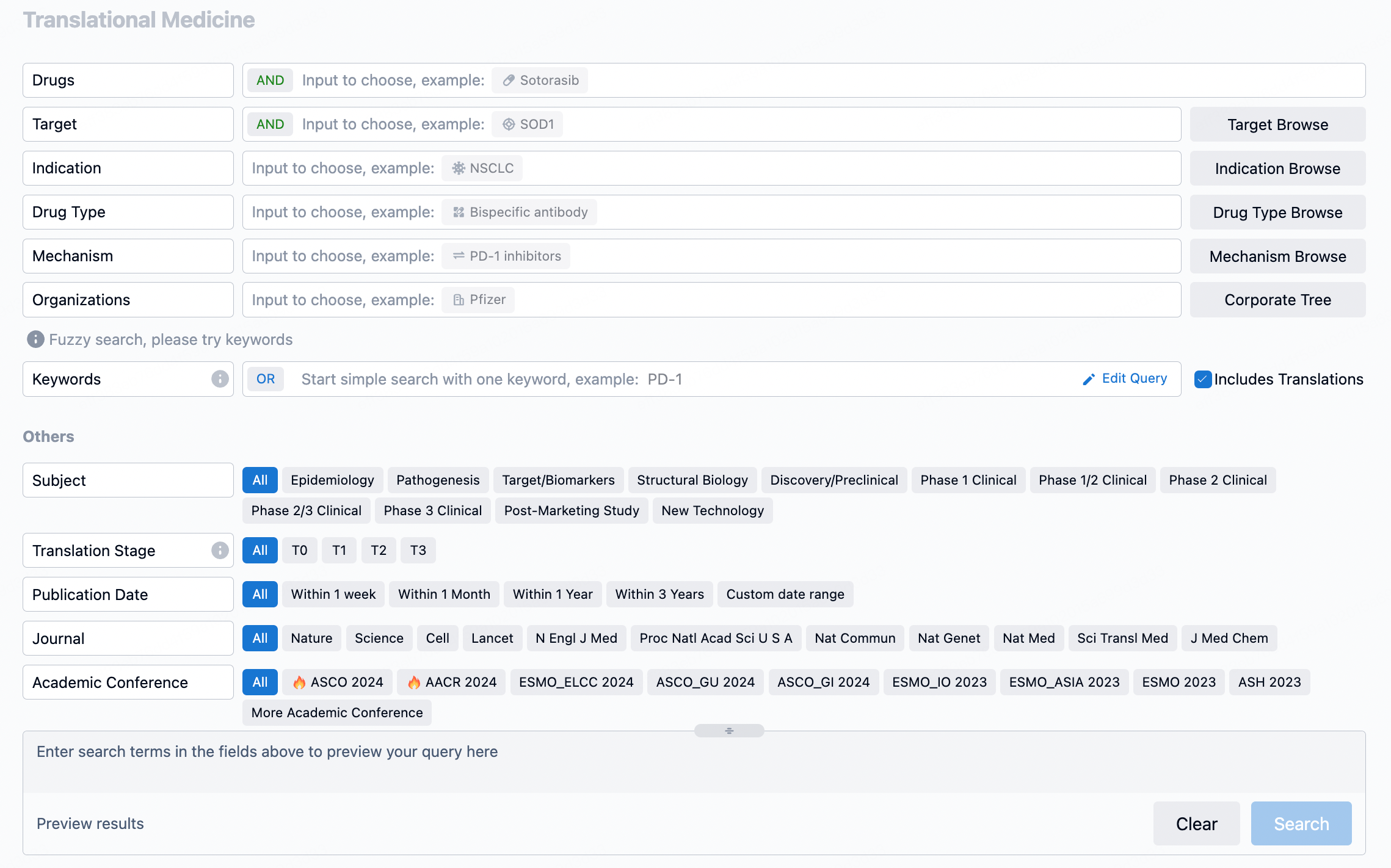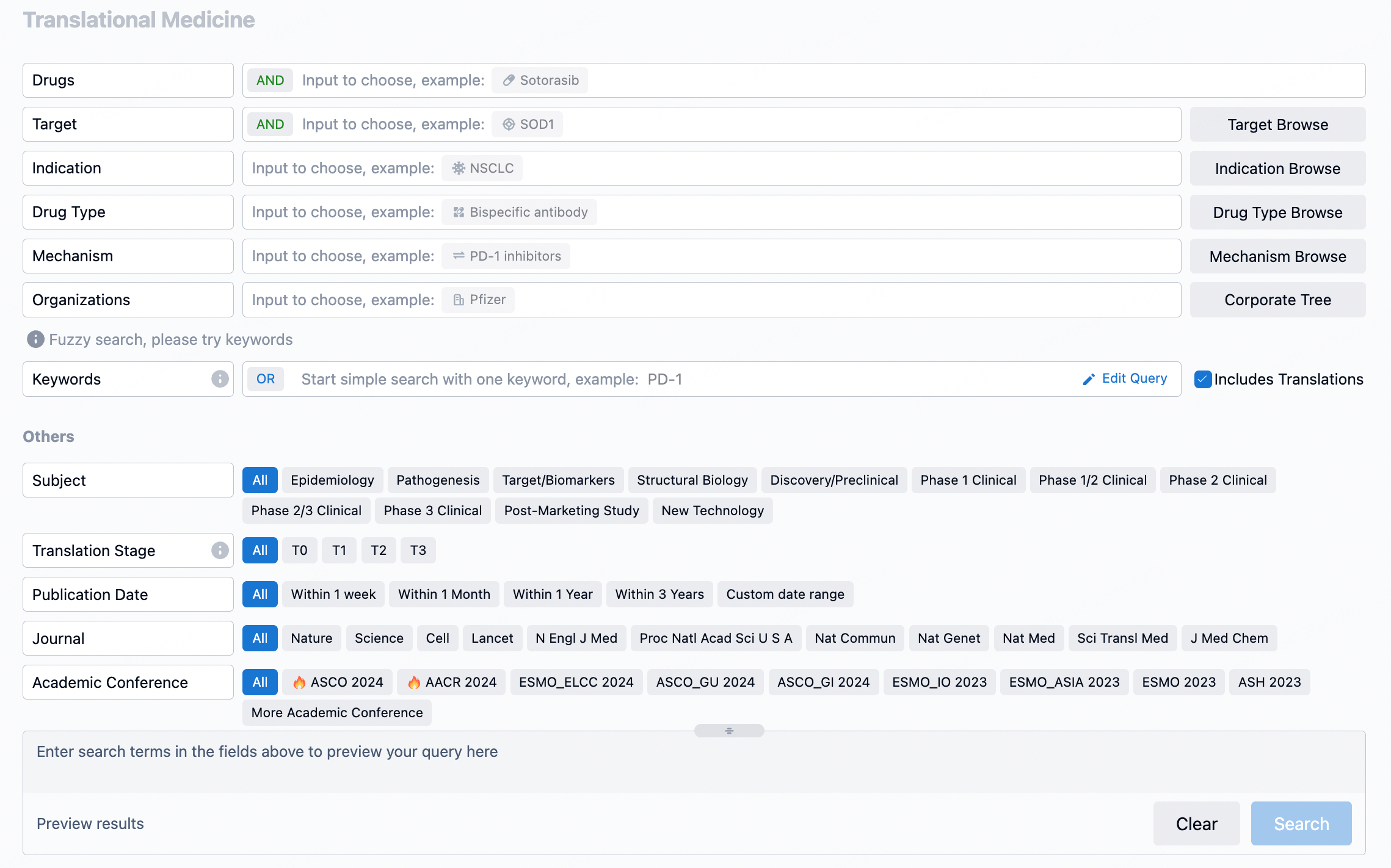Targeting the SIRPα-CD47 Pathway: Unveiling the Potential of ADU-1805 in Cancer Immunotherapy
Aduro Biotech's B-select platform facilitated the discovery and characterization of ADU-1805, a highly selective anti-SIRPα antibody. This antibody shows minimal binding to SIRPβ but has cross-reactivity with SIRPγ and is effective across all known human SIRPA genotypes. It also demonstrates cross-reactivity with SIRP family members in non-human primates.
ADU-1805 effectively blocks CD47 binding to SIRPα and antagonizes their interactions on primary myeloid cells, leading to enhanced clearance of tumor cells by human granulocytes and macrophages. Unlike anti-CD47 antibodies, ADU-1805 does not inhibit T cell activation. Furthermore, it synergizes with PD-1 blockade to reduce tumor burden in mouse models. Importantly, ADU-1805 does not induce hemagglutination or platelet binding, suggesting a lower risk of red blood cell and platelet depletion.
The study concludes that ADU-1805 is a promising candidate with a unique binding profile, binding all reported human SIRPα alleles without significant binding to the activating SIRPβ receptor. It modulates myeloid cells in the tumor microenvironment, promoting antigen presentation and dendritic cell cross-priming. The research is progressing with preclinical studies to evaluate the safety, pharmacokinetics, and pharmacodynamics of ADU-1805.
The research was presented by Erik Voets and colleagues at the American Association for Cancer Research Annual Meeting in 2019, with the abstract published in Cancer Research.
How to Use Synapse Database to Search and Analyze Translational Medicine Data?
The transational medicine section of the Synapse database supports searches based on fields such as drug, target, and indication, covering the T0-T3 stages of translation. Additionally, it offers a historical conference search function as well as filtering options, view modes, translation services, and highlights summaries, providing you with a unique search experience.
Taking obesity as an example, select "obesity" under the indication category and click search to enter the Translational Medicine results list page. By clicking on the title, you can directly navigate to the original page.

By clicking the analysis button, you can observe that GLP-1R treatment for obesity has gained significant attention over the past three years, with preclinical research still ongoing in 2023. Additionally, there are emerging potential targets, such as GDF15, among others.

Click on the image below to go directly to the Translational Medicine search interface.

